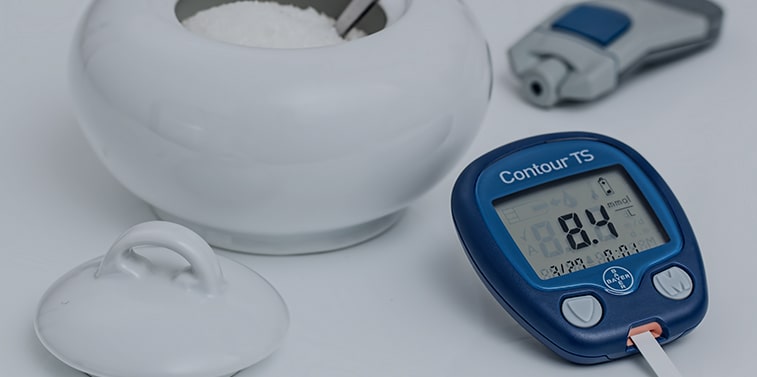Thriving on technology, the healthcare sector has revolutionized the manner in which it functions today. Rendering critical services, it was imperative that healthcare majors upped the ante and delivered on the primary goal of saving lives, and further, even improving the quality of human life via technological innovations. Patients needing specialist emergency services or consultations today no longer have to schedule time-consuming clinical visits. Thanks to the profusion of suavely-designed tech solutions, healthcare has now become entirely user-centric, or more precisely, patient-centric.
The influence of the Internet of Things (IoT) has had a far-reaching impact on the quality of healthcare in the world. Applications and devices like remote monitoring and smart sensors have ably demonstrated their potential to not only manage the patients’ overall health and safety but have drastically transformed how healthcare professionals deliver their services.
As is the case with all technological innovations, the healthcare sector isn’t immune to the complications that ride along. With the number of healthcare wearables and implants becoming an undeniable present and future, these connected devices and the tremendous amount of data they hold can be a handful for hospitals to securely manage. Add to that, these innovations need a high degree of personalization to function even at a basic level – which should give you an inkling of the immense sensitivity of the data gathered. For designers, the pivotal challenge lies in creating interfaces that work for each of the different medical sector functionaries, but at the same time provide a secure, and steady experience for the patient. And it certainly doesn’t end there. The ambiguity of healthcare tech and the increasing influence of IoT means that designers must be vigilant about factors regarding the complexity of the healthcare sector, the versatility of the interfaces needed, and the overall data sensitivity – all of this in a sector that demands minimal margin for risks and errors.

Impact of IoT in Healthcare
Healthcare IoT has many obstacles. Managing the tremendous amount of data they collect can definitely be a challenge. Data security can be a concern, especially if it is being exchanged with other devices. Nevertheless, IoT is touching upon every business sector and driving impactful changes. According to P&S Market Research, healthcare IoT is poised to make remarkable progress in the upcoming years. It is predicted to grow at a CAGR of 37.6% by 2020.
IoT enables patients to receive personalized attention to their health requirements. We come across many such examples in our daily lives, like a patient getting reminders of their appointments, calorie count, exercise check, blood pressure variation, and so much more.
Some of the applications of IoT in the healthcare industry are:
- Tracking the devices used for treatment
- Tracking the activities of patients
- Monitoring blood glucose levels
- Use of digital medicines
- Addition of sensors to medication
Nowadays, people can monitor their glucose level by simply punching their skin to the device which displays the blood glucose level. Such devices are making patients’ lives easy. Likewise, digital medicines enable doctors to monitor their patients easily. These pills dissolve in the stomach and produce a small signal which is picked up by a sensor worn on the patient’s body. This sensor syncs the data to mobile apps. Thus, IoT devices are making lives simpler, this can be validated from the doctor’s as well as the patient’s side.

Role of UX in Healthcare
UX in healthcare is becoming an increasingly important topic. An array of systems, devices, patients, and treatments to manage diseases are the reasons behind UX playing an important role in IoT. Product design, hardware technology choices, customization decisions are the key factors that affect usability in healthcare. Improvement of UX for medical practitioners is of utmost importance because of its impact on patient care.
At present, UX is a medium through which a human is interacting with technology. The use of electronic medical records is increasing day by day which in turn has brought the topic of UX into focus for the healthcare industry. It would not be wrong to say that this increase in the usage of electronic medical records has acted as the driving force behind the integration of user-centric design principles into the healthcare industry processes, products, and workflows.
The current technologies and digital advancements are bringing value to medical records. The medical records have now entered the digital age. Ongoing technological advancements will give rise to databases that are helpful in searching for patient information and will play a major role in reducing human error quotient.
IoT-enabled devices are programmed to extract, share, and analyze data from an individual with the world which is radically changing the way the healthcare industry functions. Experience design helps in trimming the excess and building better, leaner, and more human organizations. With IoT poised at a critical point in its early evolution, UX designers must step in to connect end-users with the promised value this technology can provide.









